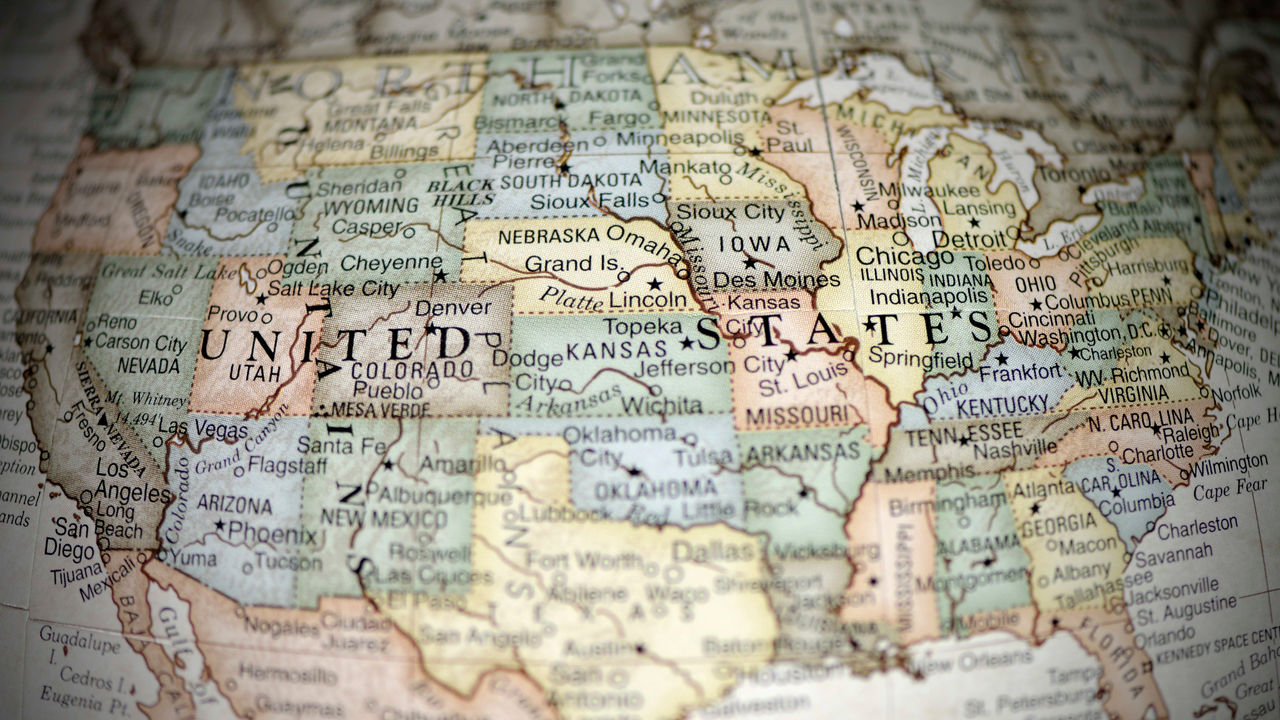Employers Can't Ignore State Overtime Exemption Rules
DOL proposed a $35,308 exempt salary threshold, but some states have a higher cutoff

The Department of Labor (DOL) has proposed a $35,308 salary threshold for the white-collar exemptions from overtime pay under the Fair Labor Standards Act (FLSA). But some employers need to comply with higher state levels.
Multistate employers should look at compliance on a state-by-state basis, said Tamara Devitt, an attorney with Haynes and Boone in Costa Mesa, Calif. The general rule in employment law is that businesses must comply with the rule that provides the most protection for the employee. So, for example, in states that have their own exemption tests—such as California—the employer must satisfy whichever salary threshold is greater, whether it's the federal or state rate.
Some states may have different duties tests as well as salary cut-offs, and it is important to understand and comply with the more stringent of the applicable rules, noted Alfred Robinson Jr., an attorney with Ogletree Deakins in Washington, D.C.
How Is the Threshold Calculated?
Many states set their own minimum wage, and, in some cases, the exempt salary threshold is tied to that rate. In California, for example, the salary threshold for the executive, administrative and professional exemptions is double the state minimum wage. So, when the minimum wage goes up statewide, so does the exempt salary threshold. California's threshold is currently $49,920 for businesses with at least 26 employees and $45,760 for those with fewer.
In New York, the state's minimum salary threshold for executive and administrative employees has been increased in phases, and the actual rate depends on geographic location and employer size. For example, the threshold is currently $58,500 (annualized) for employees who work in New York City for large employers and fast-food restaurants and $52,650 for workers at other businesses with 10 or fewer employees. In Nassau, Suffolk and Westchester counties, the threshold is $46,800, and in other areas of the state it's $43,264.
In Maine, the annual salary for exempt workers must be at least 3,000 times the state minimum wage, but, if the salary basis is higher under the FLSA, then the employer must meet the FLSA's threshold. Employers should comply with the law that provides the most compensation to the employee, Devitt noted.
Maine's current minimum wage is $11 an hour, which translates to a $33,000 salary threshold for the white-collar exemptions. In January 2020, the state's minimum wage and salary threshold will rise to $12 an hour and $36,000, respectively. So, Maine employers will need to closely monitor federal changes to determine which threshold will apply.
Multistate employers may be able to apply the new FLSA rule in some jurisdictions but not others. Consider creating compliance programs for California and New York (and any other states with higher thresholds) and then a separate compliance program that meets the requirements for the rest of the country, said Anne Cherry Barnett, an attorney with Reed Smith in San Francisco. "Such an approach will permit an employer to meet the most-generous policy requirements for all locations and be compliant with both state law and the FLSA in a cost-efficient manner."
Duties Tests
Employers also need to review the job duties that qualify for a particular exemption—which may be different under federal and state law. When federal and state rules conflict, employers must conduct an often-complicated analysis to determine which rule applies, Devitt said.
Under the administrative exemption, for instance, the FLSA and California law each require (among other things) that an employee's primary duties include the exercise of discretion and independent judgment. Under the FLSA, "primary duty" means "the principal, main, major or most important duty that the employee performs." While the FLSA doesn't specify how much time must be spent on such duties, California law states that "primarily engaged" means employees must spend more than half of their work time on such duties.
Employers in California will almost always need to follow state law because it is generally far more employee-friendly than federal exemption and minimum-wage laws, Barnett noted.
[SHRM members-only toolkit: Complying with California Wage Payment and Hours of Work Laws]
Beyond California and New York, other states are considering laws and regulations that are more protective than the FLSA, Robinson said. "Thus, employers with multistate operations need to verify that they are complying with the federal regulations and any state law requirement that may apply."
Multistate employers already need to comply with divergent state-law requirements for various workplace issues, said Josh Woodard, an attorney with Snell & Wilmer in Phoenix. So, having a new federal salary threshold might not be administratively burdensome for some employers. Others may feel the economic impact, he said, noting that some businesses may opt to reclassify certain employees to nonexempt and pay overtime premiums rather than raise salaries.
Employers should note that the DOL's $35,308 threshold is just a proposal and must go through the formal rulemaking process, which includes a comment period. Employers—and other interested members of the public—that wish to comment on the proposal may do so by visiting www.regulations.gov. They will have 60 days to comment from the time the rule is published in the Federal Register. For now, the FLSA salary threshold is still $23,660 for the white-collar exemptions.
[Visit SHRM's resource page on FLSA exemption classification.]
An organization run by AI is not a futuristic concept. Such technology is already a part of many workplaces and will continue to shape the labor market and HR. Here's how employers and employees can successfully manage generative AI and other AI-powered systems.



